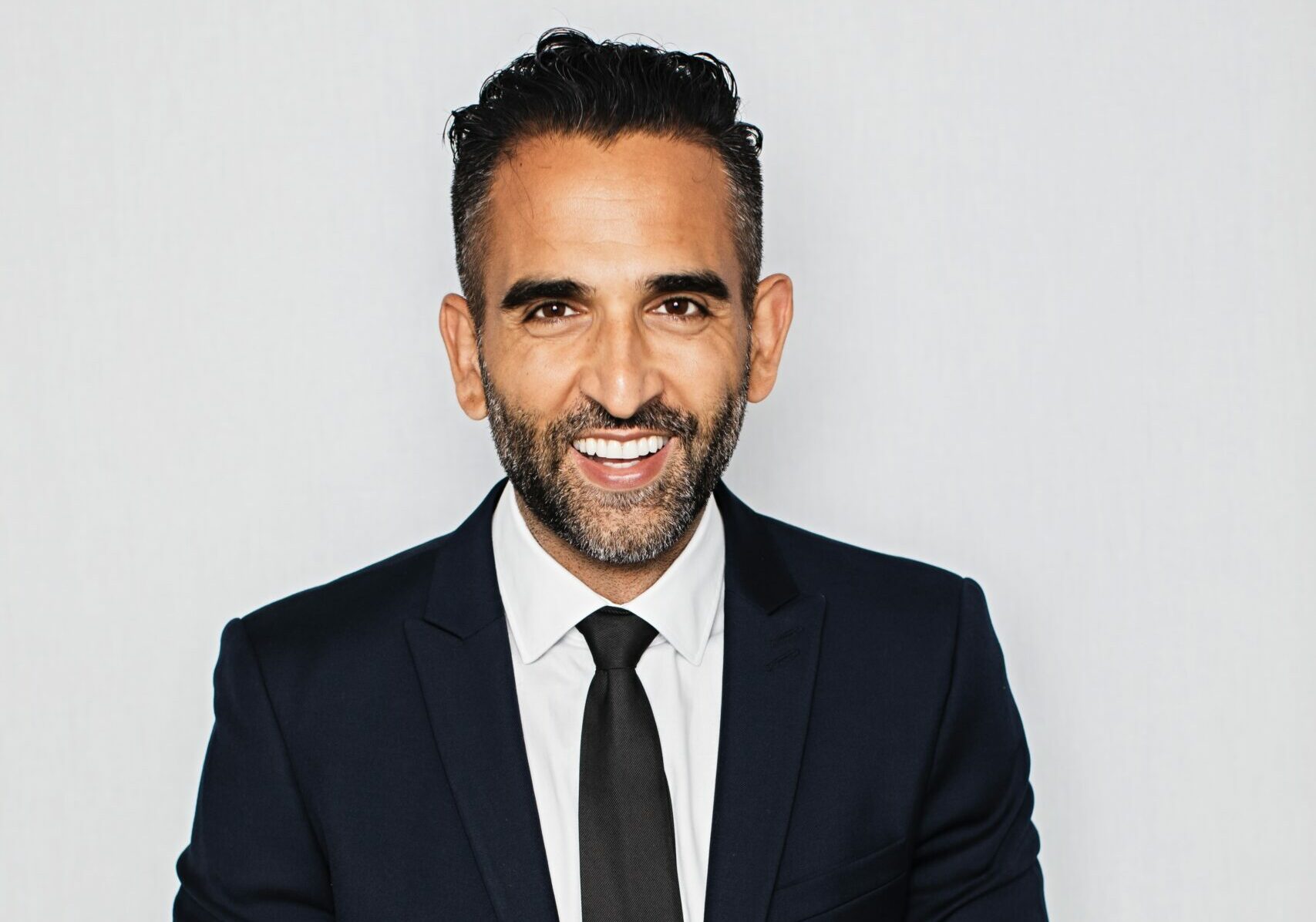What Are “Lust Languages” and Why Should Couples Care?
Forget candlelit clichés—lust languages zoom in on the specific signals that light up your erotic brain. While most of us have heard of love languages that map how partners feel cherished, these sex-coded vocabularies uncover how someone feels wanted. And according to two noted specialists, becoming fluent can turn the temperature of intimacy way past warm cuddles.
Why the Bedroom Has a Dialect Problem
Stephanie Sigler, a certified sex therapist, sums it up in one sentence: “Everything hinges on what they’re hoping to receive.” Joy Berkheimer, a marriage-and-family therapist who moonlights as a sexologist, explains it another way—lust language is the channel through which your brain and body confirm, “Yes, this is real attraction, and I’m ready for more.”
Picture two lovers speaking Morse code versus plain English: one flickers a lamp in rapid-fire dots and dashes, while the other can barely spell SOS. That mismatch can sour desire before the lights even drop.
Five Erotic Blueprints Explained in Plain Terms
- Energetic: A glance, a breathy pause, or the mere promise of touch can spark fireworks—distance is the secret ingredient.
- Sensual: Silk sheets, aromatic oils, or background jazz feed all five senses for slow-burn buildup.
- Kinky: Taboo play, power exchange, or creative accessories become the main event, not a side dish.
- Shapeshifter: Loves blending elements above, craving variety and complexity.
- Sexual Classic: Direct genital play and fast escalation take center stage.
Alternate Map Used by Sigler
Beyond the Blueprint, some frameworks slice the pie differently: sensation, ambition, narrative, and other spices. Online quizzes quickly pinpoint your dominant taste, but Berkheimer nudges couples to focus on exploration, not taxonomy. Labels help start conversations; they’re not the end-all manual.
Benefits Beyond the Sheets
- Confidence Boost: When your desires are heard and honored, you feel seen—no second-guessing, no shame spiral.
- Closer Connection: Knowing your partner’s turn-on lexicon builds emotional shorthand, so tiny cues pack big impact.
- Validation Loop: Each successful “translation” strengthens trust, creating a positive cycle of trying, succeeding, and daring again.
Quick Start—Tonight
Grab any reputable quiz under ten minutes, swap answers over your next shared beverage, and test one suggestion in the bedroom or on the couch. The payoff? Less fumbling and far more fireworks.
How to get started
Why Rekindle Lust Languages at Any Stage?
Berkheimer notes that whether the relationship still smells like new-car excitement or feels comfortably worn-in, the framework of lust languages is universally useful. Couples who have hit pause on talking about bedroom preferences often discover they have quietly evolved individually; the ones who name that evolution together report longer-term satisfaction.
Easy Icebreakers to Set the Mood
- Drop a playful quiz link – forward a short online test and invite your partner to compare scores over coffee. Berkheimer sees virtually unanimous enthusiasm: “Partners light up when they realize you’re curious about their deeper wants.”
- Try question ping-pong – Sigler loves the “would-you-rather” route. One playful round can replace an interrogation with laughter while you quietly uncover which lust language hits or misses.
- Show your own cards – open with a single personal curiosity (“I’m intrigued by X—how does that feel to you?”). Sharing first lowers stakes and signals trust.
No Fear of a “No”
If your partner passes on an idea, simply mark it off the list and pivot; the goal is mutual exploration, not pressure. Each “no” efficiently narrows the map to mutual yeses.




